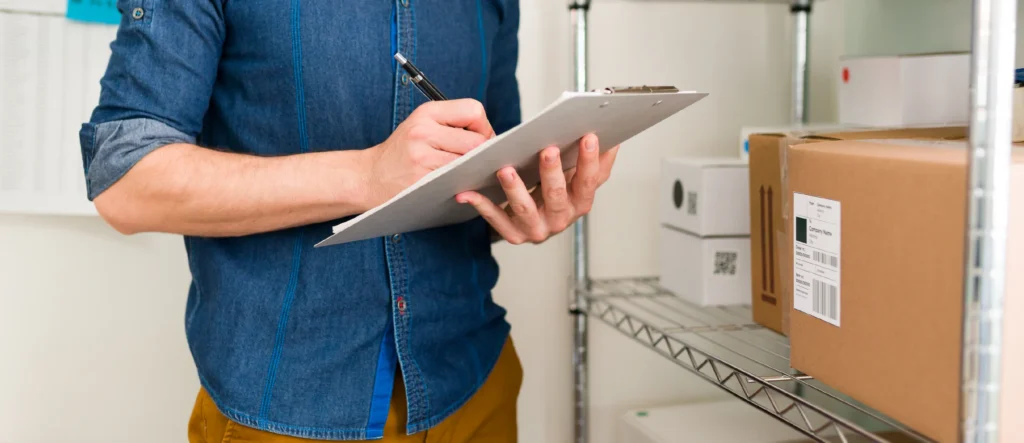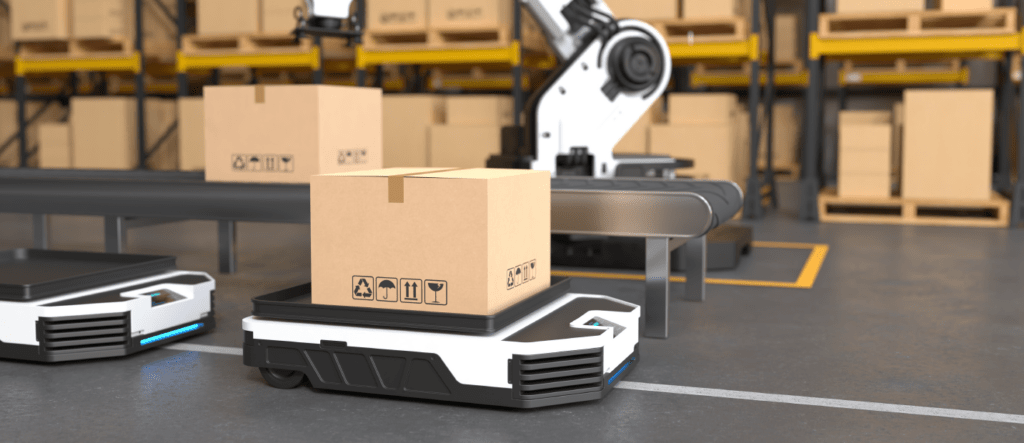From the operation of the website, to the integration of payment methods.
However, in recent months, due to the growing demand for products online and the confinement conditions due to the Covid-19 pandemic, another component has taken on special relevance: the post-click purchase process, related to the preparation and distribution of what the customer purchased.
Have you ever heard the term e-commerce fulfillment o e-fulfillment ?
Probably yes, this term is used to describe the set of procedures that an order goes through from the time the purchase is made on a website until the product reaches the final consumer. In other words, e-commerce fulfillment is responsible for fulfilling the logistics service of storage, preparation and distribution of products, in addition to providing customer service such as product tracking with the corresponding guides of each last mile service.
Among the processes that are put in place to perform order fulfillment in e-commerce are:
- Warehousing and stock management: Good inventory control helps to optimize shipping times and minimize errors.
- Picking or order preparation: This is the process of preparing the order, where products are selected and picked from different parts of the warehouse. Good control of this process avoids incorrect deliveries.
- Packing: Refers to the entire process of packing, wrapping and packaging of a product. When this process is carried out correctly, damage to the goods that could lead to subsequent exchanges or returns is avoided.
- Distribution or shipment: In this step the total fulfillment of the output of the product is carried out. The most important point here is efficiency and timely delivery to ensure customer satisfaction.
- Customer service: Once the package has been shipped, customers look for tracking to check the status of the package. This service improves the brand perception of end customers.
Learn more about the fulfillment services we offer at ABC® Logística here.
A common misconception is that the logistics needs for e-commerce are the same as for traditional commerce.
The main difference between e-commerce logistics and traditional retailing is the demand peaks that occur during important online discount seasons, such as the Hot Sale or the Black FridayThe company’s sales are potentially increased and the need to deliver products in the shortest possible time. Therefore, it is important for retailers to have a logistics and warehousing service provider with an efficient Fulfillment service and to understand that customer service is a key element throughout the entire process.
How is customer service managed in 2022? https://www.shopify.com.mx/blog/11821833-la-atencion-al-cliente-como-parte-de-una-estrategia-de-venta-en-el-comercio-electronico
Now that you have clarified your doubts about fulfillment in your e-commerce, you are ready to make strategic decisions and prepare your business to meet all these challenges brought by the new ways of selling your products around the world.




